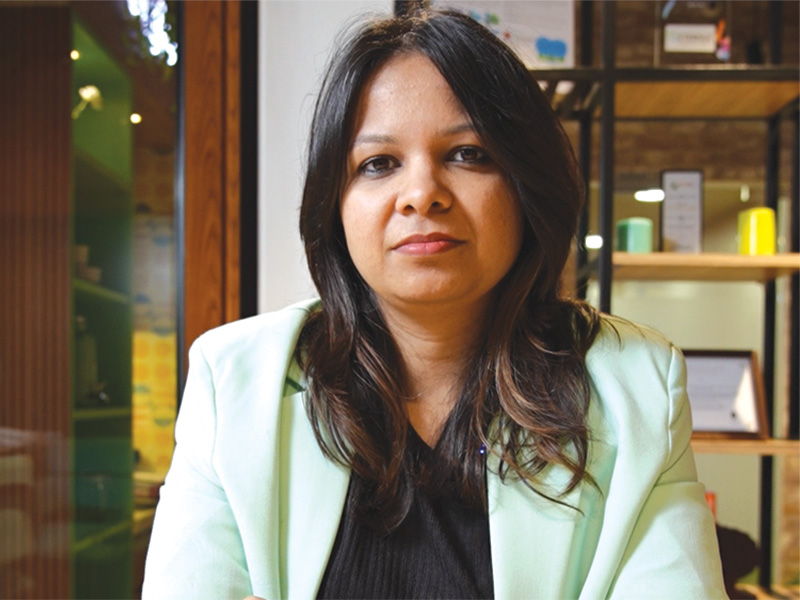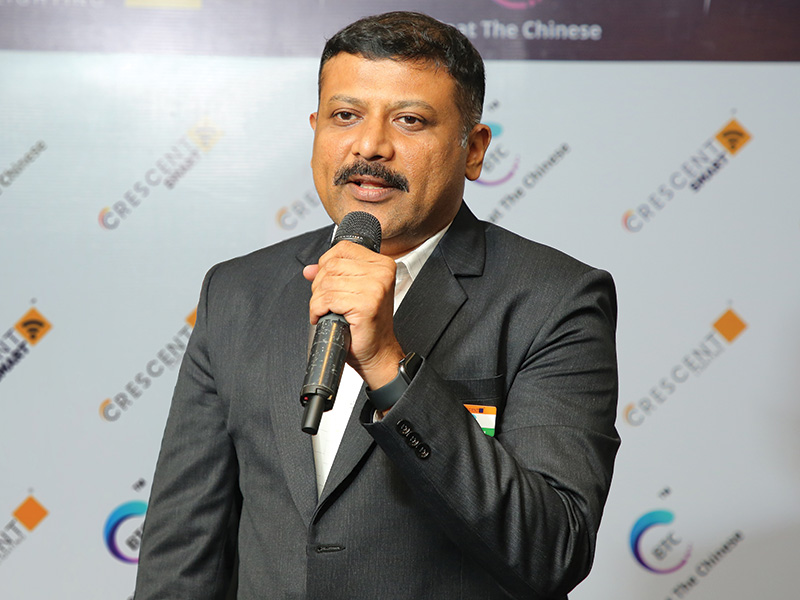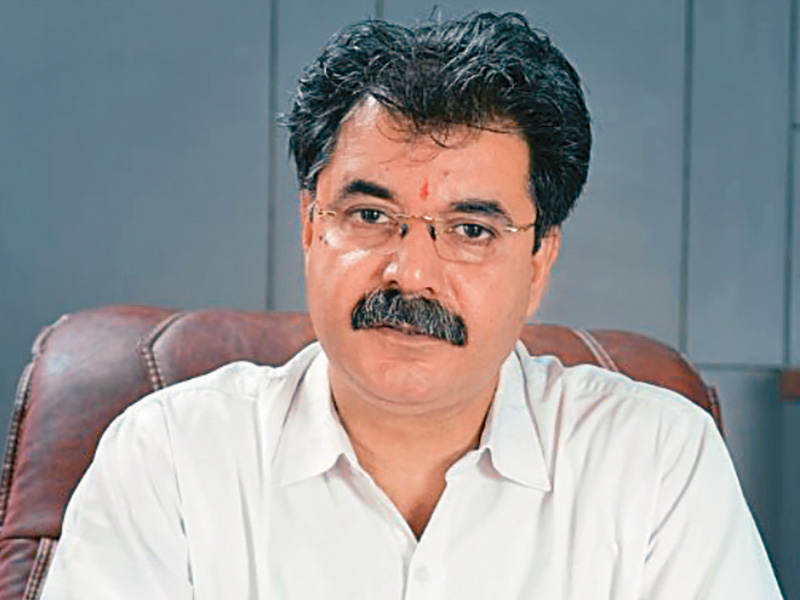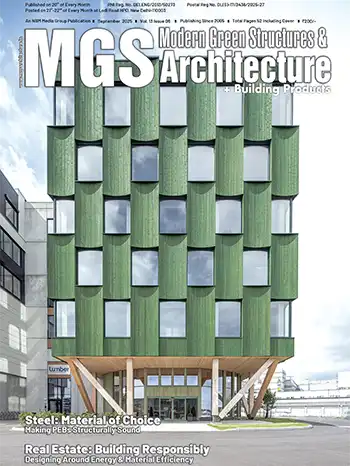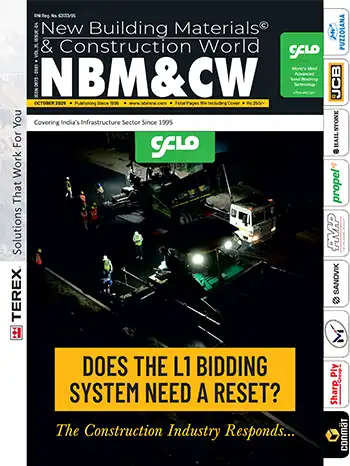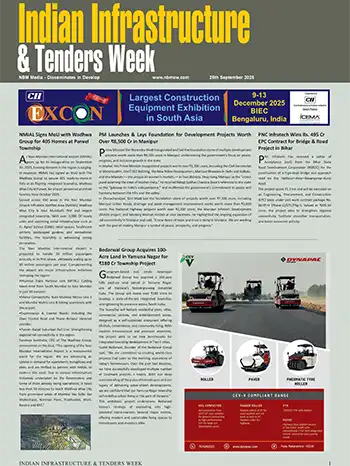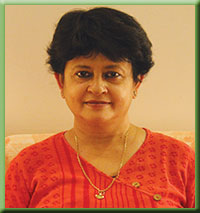
"As a designer it is our responsibility to guide and change the mindset and promote responsible and relevant practices," says Ar. Leena Kumar, Convenor, IGBC-IIID Green Interiors Conference, Mumbai in an interaction with Varsha Trehan at the venue.
Please introduce the IIID and its activities in brief to our readers. We would also be interested in knowing the thought behind convening this event.
The IIID was established in 1972, and we have grown ever since. We have over 6000 members with 28 chapters across the country, which include architects, interior designers, and our trade partners. One of the prime focuses is steering the direction of design. What is the path interior design should follow to make it relevant, organic and India centric, or let's just say contextual. The IIID is a very active body. We conduct seminars, hold conferences, have awards, and have events to introduce new products to our members. We have architects coming from different ideologies and from different countries to speak to our members, and also education programmes. We are very interactive and stay in touch with our members and that's been our path so far.
The IGBC is a wing of the CII. Its role is to impact the Indian Environment in a positive way and also help develop business models for the betterment of tomorrow. The common factor between us and these two institutions is the intent of promoting good, relevant, and sustainable practices.
It made logical sense to come together on a common platform to promote the ideology. As designers, we conceptualise a space, a design, an idea and then convert it to a built form. We think green in terms of comfort, health, daylight, indoor air quality, and materials. A lot of the members of CII are manufacturers. It is a good connect between designers and manufacturers for designers to understand and be abreast of new materials and for manufacturers to understand the requirements of designers. We can connect and communicate to be a better work force for tomorrow. We can work towards a more relevant path as a nation and respond sensitively to our environment, both social and physical.
One of your concerns has been the relevance of interiors. How is this aspect of design being encouraged among your members and in your own practice?
The IIID has instituted the National Awards for Interiors, which are awarded every year. This is one way by which we convey what good interiors are. For the first time, we have published a book on these award winning entries to showcase and promote good design.
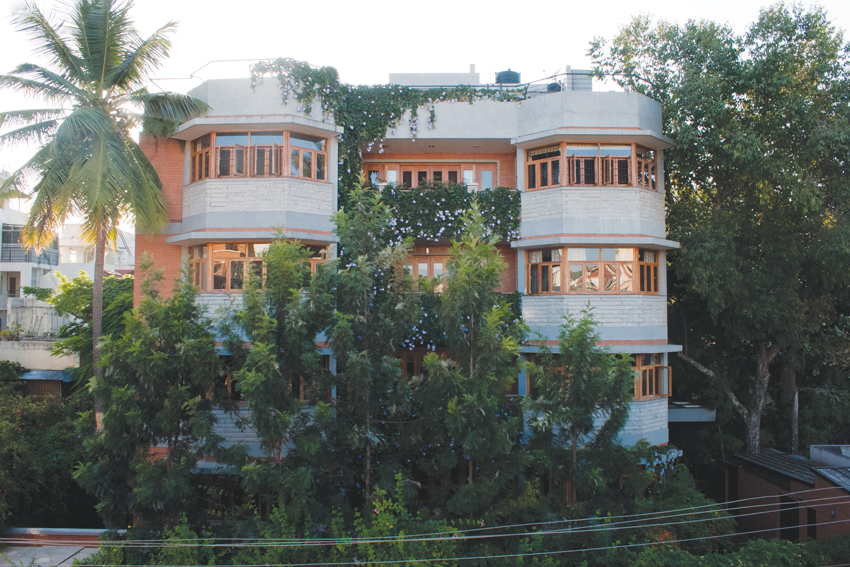
Besides awards, we have four areas namely Seminars, Conferences, Presentations for our members and then there is Education. We have a lot of connection with educational institutions that conduct interior design courses. And all the effort is to promote good design. That's how we do it.
How would you make the Institute more visible to the public eye?
Let me name a few of the initiatives taken by our chapters, like
- The Bangalore Chapter tied up with the Bangalore Metro Rail Corporation (BMRCL) to conduct a student design competition for the interiors of two of the Metro Stations in Bangalore. This was done with a view to connect with the public in public spaces and be involved in the growth of the city.
- We have tied up with the IGBC to spread awareness on Green Interiors.
- We are connected to students and colleges through our education wing.
Frankly speaking, there is no customer awareness and the fault would lie largely with designers, as we have not spoken health as an important parameter of our designs. Health has been attributed to medicine.
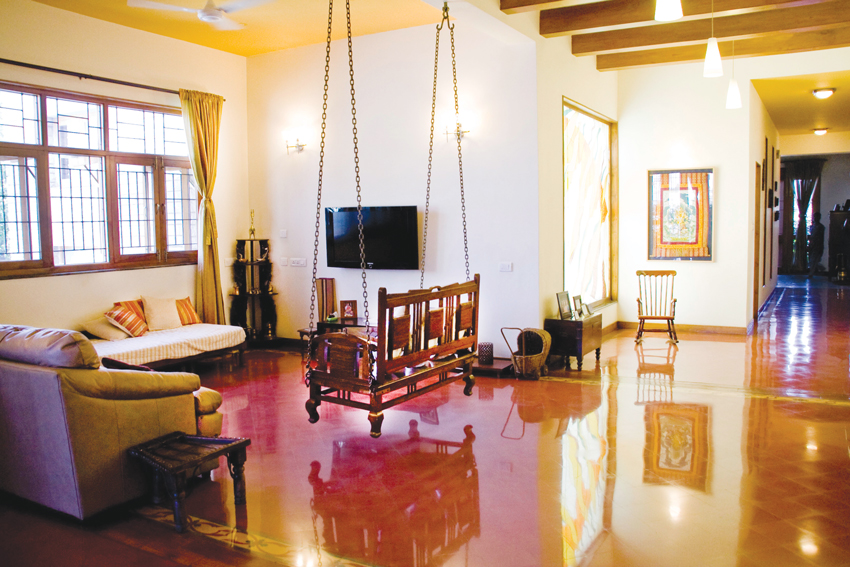
The greatest challenge before us is to push and change the mindset to design for health, comfort, and sustainability; to educate the public that copying the west may not be the best solution for us; to understand that in extreme climate zones, you need to keep the climate out, but in moderate zones as ours, we need to work with the climate and invite it in to be comfortable. We have to change the design dialogue to health, comfort, and sustainability in the built environment with relevance to visual, social, and acoustic comfort.
With so much of ventilation and other technology, why is the indoor environment still a concern? What are some hazardous products and practices prevalent today?
When you make a conscious effort to analyse Indoor Air Quality, you begin to realise the extreme importance of design and material on the quality of the indoor air that we breathe. While we have open ventilation and allow the air to freely flow through our spaces, we also invite high levels of pollution and dust into our indoors. And therefore this debate in our conference on open ventilation versus controlled ventilation. We are not talking of air-conditioning here; we are talking of whether we can evolve a design strategy where we can filter the air before it enters our indoor spaces. This is a design concern.
The other factor with indoor air quality is the materials we use in our interiors in terms of say fabric, paints, disinfectants to name a few. Some fabrics collect a lot of dust and attract dust mites, and it is important to know what is suitable for our climate and the maintenance required. There are paints and polishes that may emit chemicals, disinfectant floor and tile cleaners which when mixed with water emit hazardous gases. Soaps and shampoos that give out vapours that are not healthy to breathe when mixed with hot bathing water and therefore need to be exhausted out fastest possible. There needs to be an awareness of what we use and their effect on human health.
The issue is that we don't think about it, because we are not aware of it. Besides, the effects are not instantaneous, so the product stays in our homes and eventually leads to bad health.
Could you please identify some heritage and architectural practices that could be promoted even today specifically for eco-friendly interiors?
Cooling and shading of spaces have been traditionally extremely well dealt with and these practices and techniques have much to teach and plenty for us to borrow from. Water has traditionally been used as an effective medium for cooling. The other is the use of shading devices, control of light and glare with elements like jaalis, verandas, and chajjas. If we are looking to change the direction of dialogue, then we need to understand these features and their relevance for comfort and health, because eventually, that is the way we will have to go.
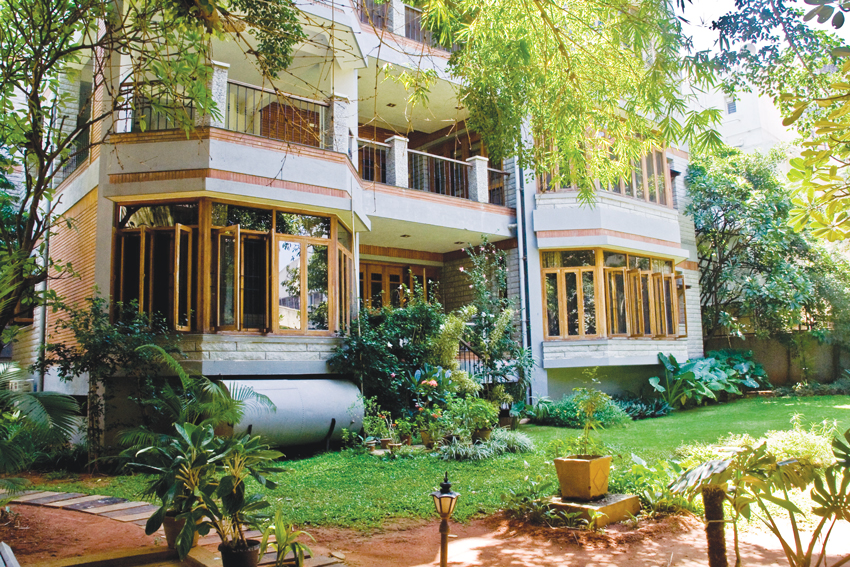
Local and ethnic materials have been generally considered as eco-friendly. Today, the question is the viability of both procurement and maintenance of these products. Where do you think is the solution to this problem?
Honestly speaking, procurement should not be a problem, because if it is not easily available then it is not really local. The problem is perhaps the construction technology adopted today.
Construction systems today are geared towards speed, ease and economy of construction. Column construction with infill filler walls is the common construction method today. This outer structure is then plastered or clad with light-weight cladding material. The aesthetics, proportion, and loading systems are sometimes not conducive to the direct use of local materials as has been traditionally used. However, we need an adaptation, a design intervention on the use of local materials to suit the new construction technology and aesthetics. This may require a different skill set that we should encourage and promote, and a mindset to engage with the local. Maintenance is not an issue. Constructions with local materials have lasted for centuries.
The larger downside to the prevailing construction systems is the loss of craftsmanship to speedy and easy construction. Labour today has lost the inclination to do any work out of the ordinary and there needs to be a complete re-training of attitude and mindset. This change is on its way to becoming a reality and conferences, such as this event, are designed to herald the beginning of a change.
Our nation is blessed with a lot of natural resources, moderate climate and a rich and highly evolved built heritage. It would be a shame to discard its teachings.
Foreign materials, architects and designers are a challenge to Indian talent. What are the areas that Indian aspects need to address to ensure their place in the market? What are the weak links in the chain?
That certainly is a concern. One of the reasons this trend has picked up is perhaps that we as a nation have not earlier commissioned projects on such a large scale. With our population growth, economic growth and higher levels of affordability, we are able to sustain development that cover 100s of acres of land with large malls, and entertainment spaces. This has never been an Indian culture. Our markets have always been in smaller clusters where we have consequently not been exposed to such large proportions. Due to this our builders have been more comfortable with foreign architects who have already been engaged with and have a high exposure and experience to such developments. These firms bring in with them foreign materials that they have been comfortable with.
This entry of outside architects is not all negative, as there is an exposure to another system, another thought that we can gain from. With this exposure, there is a transfer of knowledge and in a short time, I think we will not need foreign talent anymore. As more and more Indian firms gear up to meet with these larger scales, economics will take over and foreign designers will not be a concern to us anymore. We will not want or need them.
What are some best practices for green interiors that are likely to catch on in the near future?
When we talk about green interiors, we are really concerned about day lighting, ventilation, air quality, social, visual, economic and acoustic comfort, and health of the occupants. When all this is delivered to our clients, it would be the best practice and strategy. This would translate to being sustainable, organic and relevant and this will be the trend of interior design in the days to come.







